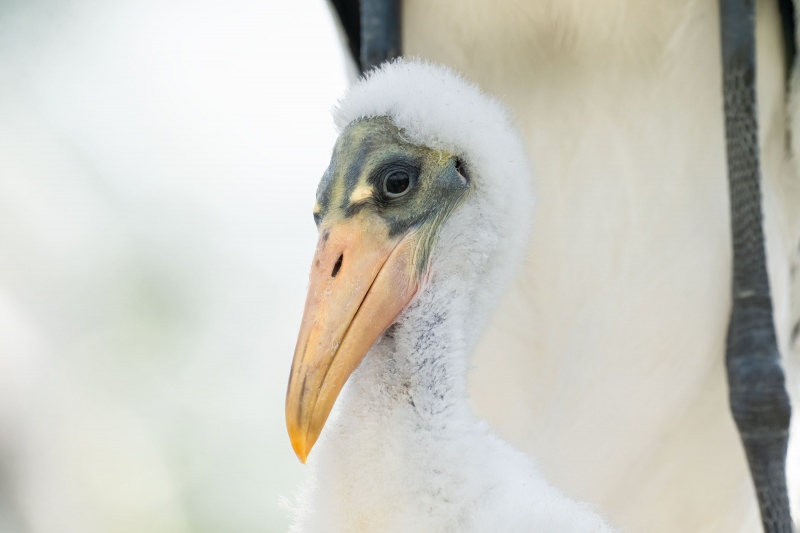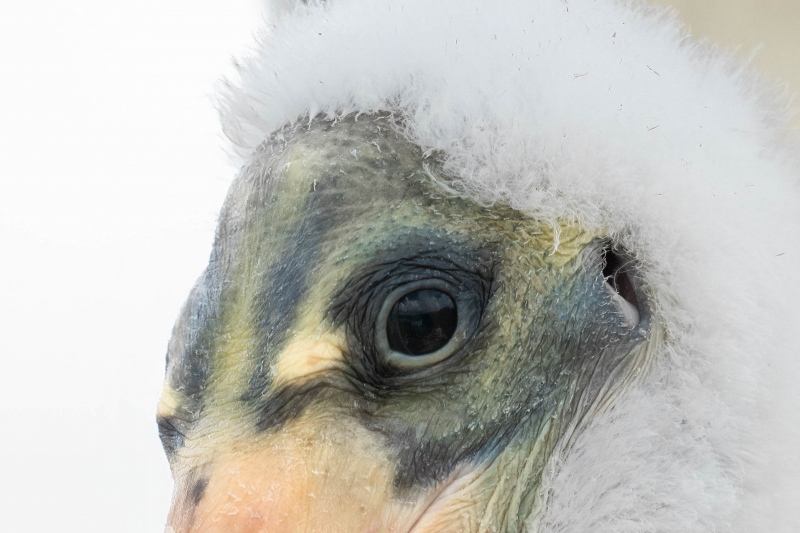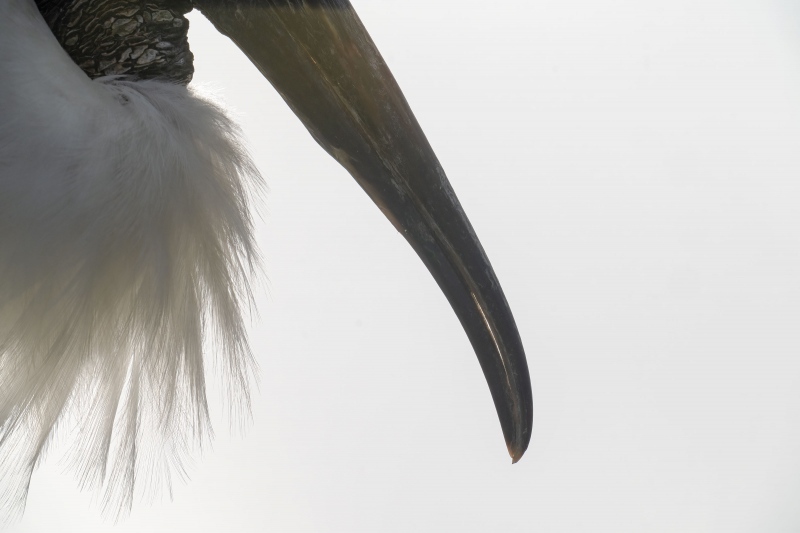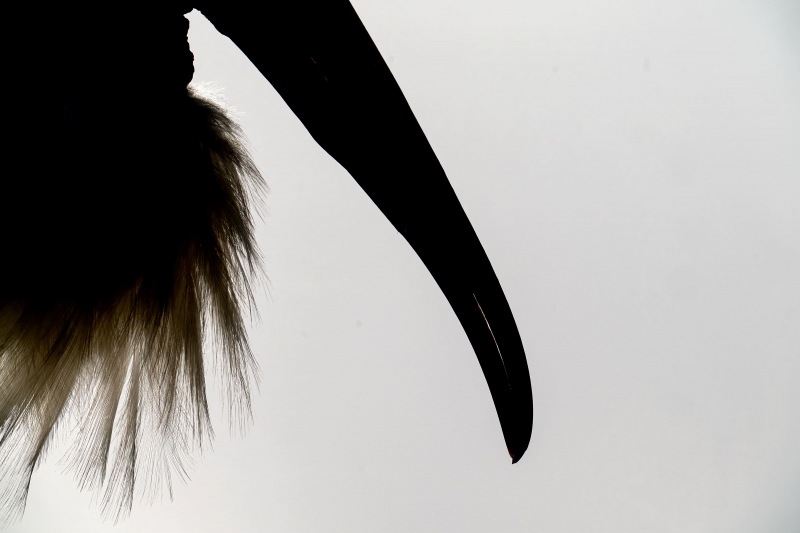Your Call? (I)
Which of today’s four featured images do you like best? Why?
The Fact$ of Life
Right now, the market for editorial sales of natural history images has virtually disappeared. The incomes of the world’s top stock photographers are down by at least 90%. Like me, most depend on income from photo trips, the sale of educational materials, and income from this or that affiliate program.
In 2001, BAA sold the publication rights to images for nearly one-quarter million US dollars. That amount dropped to about $20,000 by 2011, and in 2017, to slightly more than $2,000.00. We’ve stopped counting. IPTs used to fill within days. Now I am happy to go with one or two folks, but I’d much rather have you along. And so it goes. In 2009, I turned to creating educational blog posts, now to the tune of 4002. Yes, 4002 educational blog posts. So, please remember to use either my B&H or Bedfords affiliate links for your major purposes. It does not cost you one cent to do either.
B&H Simplified
To ensure that I get credit for your B&H purchases, you can always click here. The tracking is invisible but greatly appreciated. And, you can use your PayBoo card. You must use the website to order. B&H will reopen on Fri April 14. Thanking me for the past 4000 educational blog posts could not be any easier and will not cost you one penny. Please shoot me your B&H receipt for major purchases.
Bedfords Simplified
Click here to start your search. Choose standard shipping, and when you get to the payment page, enter BIRDSASART in the discount code box and hit apply. You will be upgraded to free second day air Fed-Ex and receive 3% cash back on your credit card once your stuff ships. Either is greatly appreciated by yours truly.
What’s Up?
My flight to Bonaire was blessedly uneventful. I had a bit too much red wine to drink and the flight attendant kindly brought me four packs of delicious, shelled pistachios — all in all a perfect snack for diabetics. I flew down at the invitation of Steve and Meredith Schnoll who will be joining me on the Galapagos trip this coming August.
Please remember to use the B&H and Amazon links that are found on most blog pages and to use the BIRDSASART discount code at checkout when purchasing your new gear from Bedfords to get 3% back on your credit card and enjoy free second-day air FedEx. Please, also, consider joining a BAA IPT. You will be amazed at how much you will learn!
You can find some great photo accessories (and necessities, like surf booties!) on Amazon by clicking on the Stuff tab on the orange/yellow menu bar above. On a related note, it would be extremely helpful if blog-folks who, like me, spend too much money on Amazon, would get in the habit of clicking on the Amazon logo link on the right side of each blog post when they shop online. As you might expect, doing so will not cost you a single penny, but would be appreciated tremendously by yours truly. And doing so, works seamlessly with your Amazon Prime account.
Please remember that if an item — a Delkin flash card, or a tripod head — for example, that is available from B&H and/or Bedfords, is also available in the BAA Online Store, it would be great, and greatly appreciated, if you would opt to purchase from us. We will match any price. Please remember also to use my B&H affiliate links or to earn 3% cash back at Bedfords by using the BIRDSASART discount code at checkout for your major gear purchases. Doing either often earns you free guides and/or discounts. And always earns my great appreciation.
|
|
|
This image was created on 21 April 2023 a Wakodahatchee Wetlands in Boynton Beach, FL. Standing at full height, I used the Robus RC-5558-3 Vantage Series 3 Carbon Fiber Tripod/Levered-Clamp FlexShooter Pro-mounted BLUBB-supported Sony FE 600mm f/4 GM OSS lens, the Sony FE 2.0x Teleconverter, and The One, the Sony Alpha 1 Mirrorless Digital Camera). The exposure was determined via Zebra technology with ISO on the thumb dial. ISO 1600. 1/1000 sec. at f/8 (wide open) in Manual mode. When evaluated in RawDigger, the raw file brightness was determined to be dead solid perfect. AWB at 9:00:01am on partly cloudy morning. Tracking: Spot S AF-C with Bird Face/Eye detection enabled performed perfectly even at 1200mm. Be sure to click on the image to enjoy a high-res version. Image #1: Wood Stork chick about two weeks old. Version I. |
Eliminating Rookery Clutter at 1200mm!
Almost without exception, wading bird rookeries are difficult places to shoot due to the unending clutter and whitewash. Murphy’s law of Nests states that all bird nests have at least one distracting stick too many. In an effort to come up with attractive, uncluttered images I will often turn to the Sony 600mm lens with the 2X TC and an a1. With Canon, I was able to create some sharp images of static birds at 1000 and 1200mm, but the files were nowhere near a sharp or detailed as my Sony images are at 1200mm. The Nikon TC-E 20 was and pretty much remains a dog. Sharp images made with the Nikon 2X TC were rarer than hen’s teeth for me.
I am still on the fence as far as image quality with the Sony 400mm f/2.8 GM and the 2X TC with the a1.
This chick, a single, was in a nest atop the colony; that allowed for what I consider a pleasing, mostly white sky background. In the first version here, I increased the saturation and decreased the luminosity of the GREEN and YELLOW channels in Color Mixer to bring up the relatively dark, out-of-focus tones in the background.
|
|
|
This image was created on 21 April 2023 a Wakodahatchee Wetlands in Boynton Beach, FL. Standing at full height, I used the Robus RC-5558-3 Vantage Series 3 Carbon Fiber Tripod/Levered-Clamp FlexShooter Pro-mounted BLUBB-supported Sony FE 600mm f/4 GM OSS lens, the Sony FE 2.0x Teleconverter, and The One, the Sony Alpha 1 Mirrorless Digital Camera). The exposure was determined via Zebra technology with ISO on the thumb dial. ISO 1600. 1/1000 sec. at f/8 (wide open) in Manual mode. When evaluated in RawDigger, the raw file brightness was determined to be dead solid perfect. AWB at 9:00:01am on partly cloudy morning. Tracking: Spot S AF-C with Bird Face/Eye detection enabled performed perfectly even at 1200mm. Be sure to click on the image to enjoy a high-res version. Image #2: Wood Stork chick about two weeks old. Version II. |
The Pure White Sky Version
For Version II, I increased the luminosity of the GREEN and YELLOW channels in Color Mixer to render the sky a nearly pure white. I did follow that up with some Content-Aware Fill work and then applied a layer of my usual 64.8 pixel Gaussian Blur on a layer and painted that in after adding an Inverse Layer Mask, all as detailed in BIRDS AS ART Current Workflow e-Guide (Digital Basics II), an instructional PDF that is sent via e-mail. Note: folks working on a PC and/or those who do not want to miss anything Photoshop may wish to purchase the original Digital Basics along with DB II while saving $15 by clicking here to buy the DB Bundle.
Your Call? (II)
Which version do you prefer, Version one where we can make out a few out-of-focus leaves in the background, or Version II, with the nearly pure white sky background? All are invited to leave a comment and let us know why they made their choices. I have a clear favorite here.
|
|
This is an Unsharpened 100% crop of the Wood Stork chick about two weeks old. Version II image. |
Astounding Sharpness and Fine Detail at 1200mm
I was not kidding. Sharpness and fine detail at 1200mm with the 600mm f/4 GM, the 2X TC, and the a1 are consistently astounding. Can your gear achieve results like this at 1200mm?
|
|
|
This image was created on 21 April 2023 a Wakodahatchee Wetlands in Boynton Beach, FL. Standing at full height, I used the Robus RC-5558-3 Vantage Series 3 Carbon Fiber Tripod/Levered-Clamp FlexShooter Pro-mounted BLUBB-supported Sony FE 600mm f/4 GM OSS lens, the Sony FE 2.0x Teleconverter, and The One, the Sony Alpha 1 Mirrorless Digital Camera). The exposure was determined via Zebra technology with ISO on the thumb dial. ISO 1600. 1/1600 sec. at f/11 (stopped down one stop) in Manual mode. When evaluated in RawDigger, the raw file brightness was determined to be dead solid perfect. AWB at 8:01:23am on then-partly sunny morning. Tracking: Spot S AF-C with Bird Face/Eye detection enabled performed perfectly even at 1200mm. Be sure to click on the image to enjoy a high-res version. Image #3: Wood Stork — Wood Stork — adult bill and breast feathers, backlit. Version I. |
Opening Up the Shadowed Side
When I am creating strongly backlit images like this one, I am usually intent on creating a silhouette. For a change of pace here, I decided to attempt to open up (lighten) the detail and colors on the shaded side of the bird. I only rarely go that route.
|
|
|
This image was created on 21 April 2023 a Wakodahatchee Wetlands in Boynton Beach, FL. Standing at full height, I used the Robus RC-5558-3 Vantage Series 3 Carbon Fiber Tripod/Levered-Clamp FlexShooter Pro-mounted BLUBB-supported Sony FE 600mm f/4 GM OSS lens, the Sony FE 2.0x Teleconverter, and The One, the Sony Alpha 1 Mirrorless Digital Camera). The exposure was determined via Zebra technology with ISO on the thumb dial. ISO 1600. 1/1600 sec. at f/11 (stopped down one stop) in Manual mode. When evaluated in RawDigger, the raw file brightness was determined to be dead solid perfect. AWB at 8:01:23am on then-partly sunny morning. Tracking: Spot S AF-C with Bird Face/Eye detection enabled performed perfectly even at 1200mm. Be sure to click on the image to enjoy a high-res version. Image #4: Wood Stork — adult bill and breast feathers, backlit. Version II. |
The Black and White Silhouette
With the version, I opted for the stark black and white silhouette that I envisioned as I pressed the shutter button.
I Could’a Been Famous
Moments before I created this image, I missed the money shot as the chick reached up to beg for food. I took my eye from the viewfinder to scratch my nose 🙁
Your Call? (III)
Which of the Wood Stork bill images do you like best, Image #3 tat shows some shadowed side detail, or Image #4, the stark silhouette? Again, I have a clear favorite.
Typos
With all blog posts, feel free to e-mail or to leave a comment regarding any typos or errors.


















You can get equal to or better sharpness using Nikon Z9 + 800 PF and 1.4 TC = 1120 mm
Good luck at f/13 with your 2.9 pound body.
a
It will be not f/13 it will be f/9 with 1.4 TC
Thanks. Lots of folks are using it with great success. Do you own one?
a
Yes I own 800 pf with 1.4 and z9
Between 1 and 2, I don’t think the color of either (being there or not) bothers me. I see it as more of a portrait of the chick than any issue with bits of OOF color. Seeing either image alone would probably not get any comment from me about distractions (or not). Of the second pair, I see the shots as 2 versions of a graphic image. I like the bit of additional detail in the lighter of the two shots. The more pure “mono” image comes across to me as stark. All are impressively sharp.
Can my gear deliver sharp images at 1200 mm? Maybe, but most unsharpness is likely just poor technique on my part. Be well out there.
Sorry you missed your shot at fame and fortune! Maybe lightning will strike twice in your case and you’ll get another chance at capturing the moment. In the meantime we’ll have to live with you as you are!
1200mm and sharp! Wow. I prefer the modified, #2, because of the more diffuse light background.
Thanks for sharing. In both cases, Version II works better for me. The Wood Stork chick pops more effectively than in Version I, drawing eyes to the subject without distractions to the left. For the adult bill shot, the silhouette treatment ups the perceived contrast, and the coloration remains inviting, without rendering it a pure black-and-white caricature. Nicely done!
All 5 images are interesting! Image #2 Wood Stork chick is just a little bit darker than Image #1 of Wood Stork chick. And image #4 is a little darker than image #3 of Wood Stork and does not show the hole face but is interesting. And the image between image #2 and image #3 of Wood Stork chick is interesting and cute.